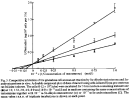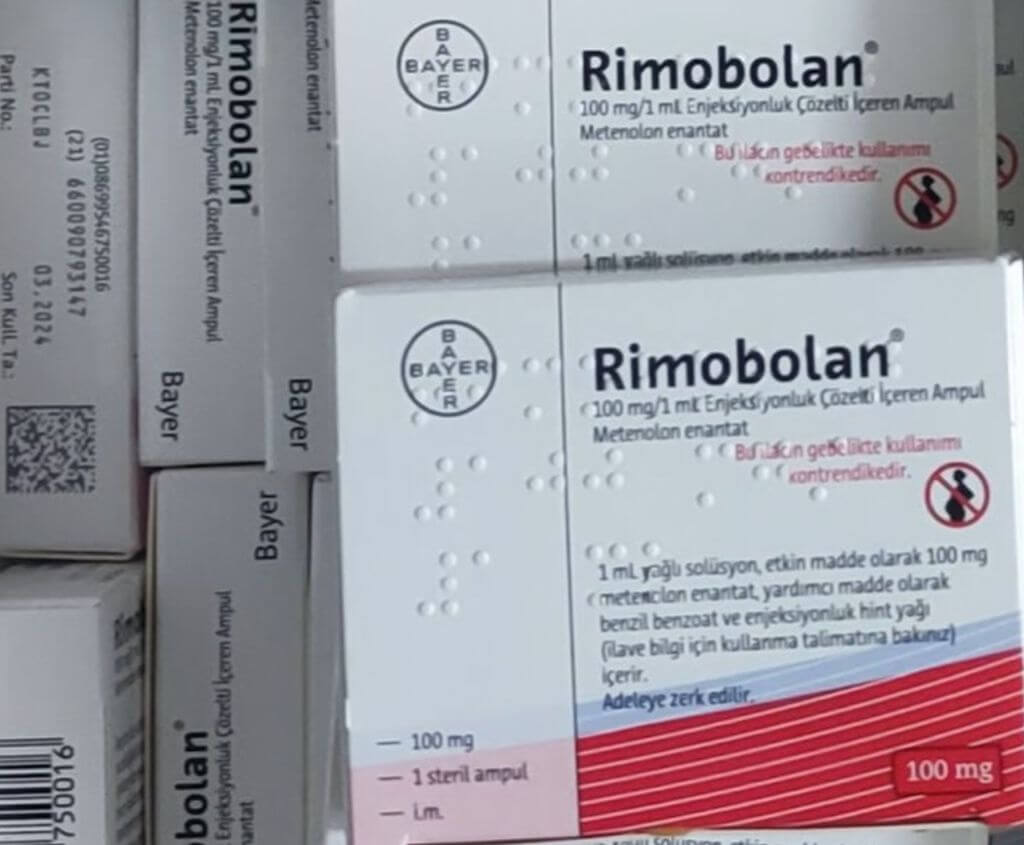Type-IIx
Member
Authoritative evidence that AAS with saturated A-ring structures (e.g., Masteron, Primo, Anavar, Superdrol, Proviron) all competitively inhibit aromatase [Author: Type-IIx]
Author: Type-IIx
Aromatase Inhibition by 5α-Reduced C19 Androgens
From [1]:
The 5α-reduced metabolites of testosterone, DHT; 5α-dihydrotestosterone & 5α-androstanedione proved to be competitive inhibitors of the granulosa cell aromatase reaction in vitro.

DHT & 5α-androstanedione Inhibit Aromatase More Potently than a Known AI (Δ¹T; 1-ene-testololactone)
In order to test the steroidal specificity of the inhibition of aromatase by (1) DHT & (2) 5α-androstanedione, the effects of these two compounds on the aromatization of testosterone were also compared with those of three other androgen metabolites:
All five C19 steroids – DHT, 5α-androstanedione, 3α-diol, 3β-diol, & 5β-androstane-3,17-dione competitively inhibited aromatase (i.e., reduced T ⇒ E₂) at 10-fold higher concentrations than T. The percentage reductions (-%Δ) in estradiol accumulation were:
73.3% (5α-androstanedione) > 60.4% (DHT) > 49.1% (3β-diol) > 35.0% (5β-androstane-3,17-dione) > 24.3% (3α-diol).
So, in addition to the class antiestrogenic effects of nonaromatizable AAS discussed in [2] – suppression of gonadotropin (LH, FSH) secretion at the pituitary & T in the testis (Leydig cell) thereby reducing aromatase substrates (reducing aromatization to estradiol), and blockade of estrogen uptake at the tissue-cellular level – inhibition of aromatase indeed is evidenced to occur, albeit in rat ovarian granulosa cells. Hey, it’s something.
References:
[1] Hillier SG, van den Boogaard AM, Reichert LE Jr, van Hall EV. Alterations in granulosa cell aromatase activity accompanying preovulatory follicular development in the rat ovary with evidence that 5alpha-reduced C19 steroids inhibit the aromatase reaction in vitro. J Endocrinol. 1980 Mar;84(3):409-19. doi: 10.1677/joe.0.0840409
[2] Type-IIx. “Primobolan / Equipoise Crashed my E2 – Help!” MesoRx, 26 Jul. 2023, thinksteroids.com/articles/primobolan-equipoise-crashed-my-e2-help/
Author: Type-IIx
Aromatase Inhibition by 5α-Reduced C19 Androgens
From [1]:
The 5α-reduced metabolites of testosterone, DHT; 5α-dihydrotestosterone & 5α-androstanedione proved to be competitive inhibitors of the granulosa cell aromatase reaction in vitro.

DHT & 5α-androstanedione Inhibit Aromatase More Potently than a Known AI (Δ¹T; 1-ene-testololactone)
- AIs:
- ATD: androst-1,4,6-triene-3,17-dione, &
- Δ¹T: 1-ene-testololactone
In order to test the steroidal specificity of the inhibition of aromatase by (1) DHT & (2) 5α-androstanedione, the effects of these two compounds on the aromatization of testosterone were also compared with those of three other androgen metabolites:
- (3) 5α-androstane-3α,17β-diol (3α-diol)
- (4) 5α-androstane-3β,17β-diol (3β-diol)
- (5) 5β-androstane-3,17-dione, and that of a C-21 steroid, (6) progesterone, that had no effect on aromatization of T
All five C19 steroids – DHT, 5α-androstanedione, 3α-diol, 3β-diol, & 5β-androstane-3,17-dione competitively inhibited aromatase (i.e., reduced T ⇒ E₂) at 10-fold higher concentrations than T. The percentage reductions (-%Δ) in estradiol accumulation were:
73.3% (5α-androstanedione) > 60.4% (DHT) > 49.1% (3β-diol) > 35.0% (5β-androstane-3,17-dione) > 24.3% (3α-diol).
So, in addition to the class antiestrogenic effects of nonaromatizable AAS discussed in [2] – suppression of gonadotropin (LH, FSH) secretion at the pituitary & T in the testis (Leydig cell) thereby reducing aromatase substrates (reducing aromatization to estradiol), and blockade of estrogen uptake at the tissue-cellular level – inhibition of aromatase indeed is evidenced to occur, albeit in rat ovarian granulosa cells. Hey, it’s something.
References:
[1] Hillier SG, van den Boogaard AM, Reichert LE Jr, van Hall EV. Alterations in granulosa cell aromatase activity accompanying preovulatory follicular development in the rat ovary with evidence that 5alpha-reduced C19 steroids inhibit the aromatase reaction in vitro. J Endocrinol. 1980 Mar;84(3):409-19. doi: 10.1677/joe.0.0840409
[2] Type-IIx. “Primobolan / Equipoise Crashed my E2 – Help!” MesoRx, 26 Jul. 2023, thinksteroids.com/articles/primobolan-equipoise-crashed-my-e2-help/



